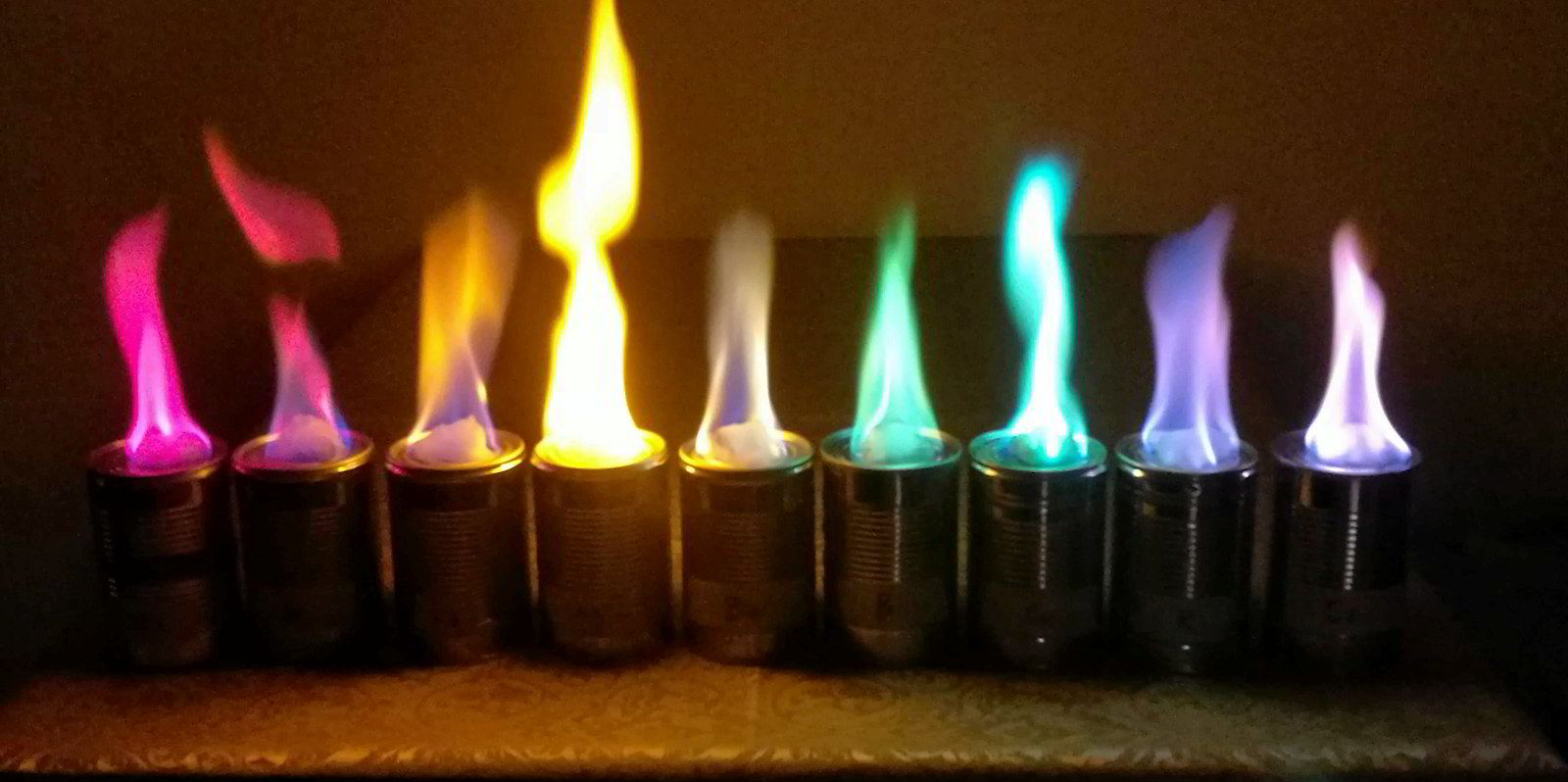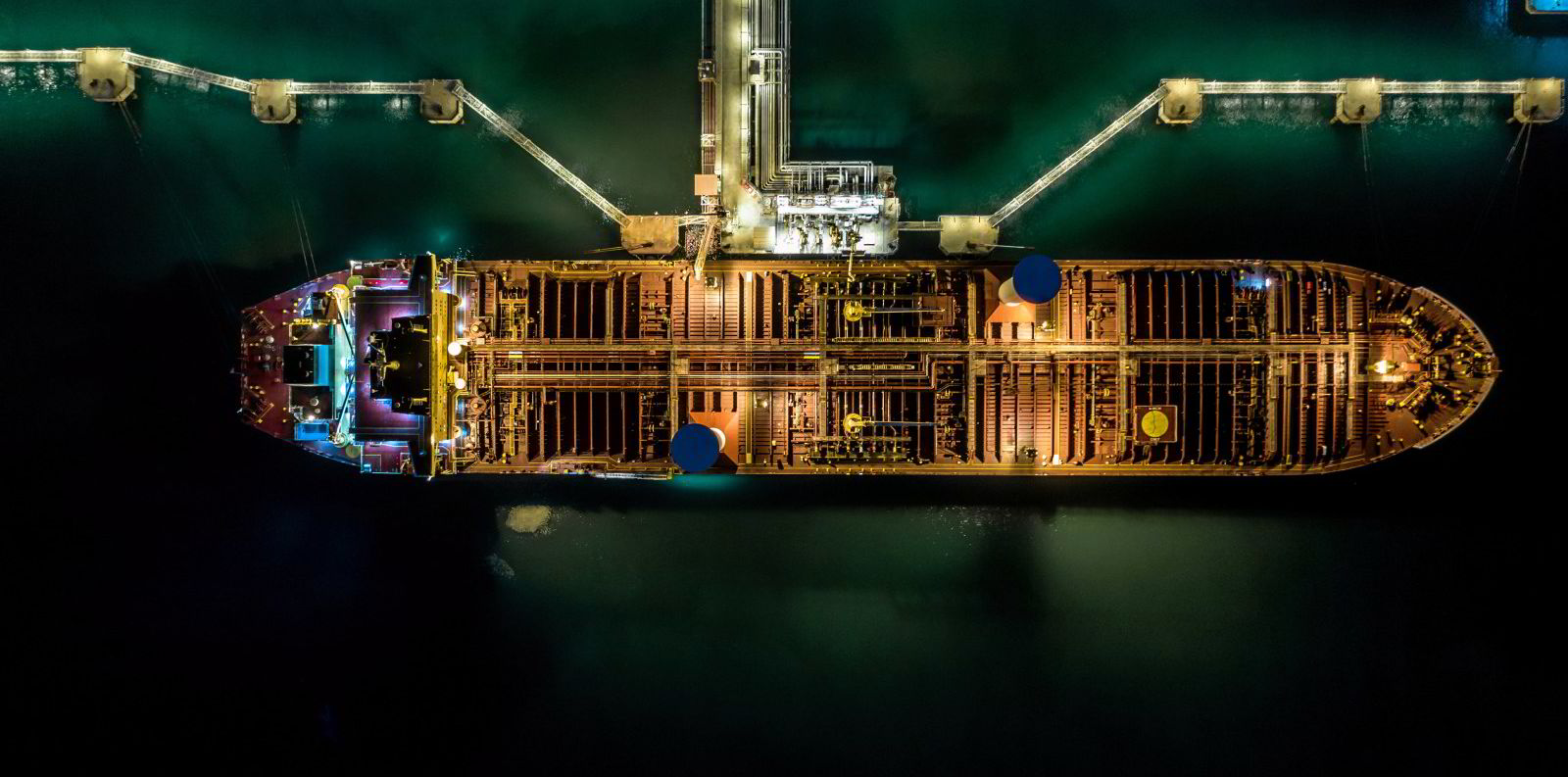The struggle for power at the centre of shipping’s new fuel revolution is set to determine the industry’s winners and losers for generations to come.
The push to full decarbonisation by 2050 demands changes on a huge scale, with profound implications for shipping, bunker suppliers and fuel producers, at a cost of more than $3.7trn by 2050, according to the International Maritime Organization.

This story is part of a series of articles looking at the future of fuels in shipping.
Click here to read the full report
Key questions remain over the readiness of the technology, availability of alternative fuels and how to bridge the price gap between new fuels and old oils.
The uncertainty has affected the take-up of new technology. Analysis by the United Nations trade body this year concluded that the former 2050 target of cutting emissions by 50% was off track, let alone more ambitious cuts of 80% and 100%.
“None of the three decarbonisation scenarios … will be achieved under business as usual; action is needed,” it said in a report.
For the IMO’s ambition to be fulfilled, shipping’s demand for new lower carbon fuels in 2030 must hit half of the fossil fuel demand in 2022, according to projections.
That would mean replacing half of the 228m tonnes of fuel reported to have been used by the global fleet of about 34,000 ships above 5,000 gt last year, according to TradeWinds’ calculations based on IMO data.
The vast bulk in 2022 — nearly 95% — was traditional marine fuels, with a further 5% for LNG ships, according to the data. The rest made up less than 1%, with methanol — one of the key fuels of the energy transition — representing just 0.016% of the mix.
Momentum is building but the operating fleet and orderbook of alternative-fuel-enabled ships now account for a combined total of only about 1,200 LNG and methanol dual-fuel vessels, according to DNV. The first two ammonia ships were put on order in October.
Guy Platten, secretary general of the International Chamber of Shipping, said: “Technology-wise, we can be ready. Where the issue is going to lie is our ability to access new green fuels.”

LNG, bio-fuels — “drop-in” products from animal and municipal waste for mixture with traditional fuels — and a small amount of methanol will fill the gap in the short term.
Methanol and ammonia produced using renewable energy have been identified as the most promising fuels in the longer term, according to the International Renewable Energy Association.
Methanol dual-fuel ships are setting the pace at shipyards. But most of the methanol currently being produced is “grey” and made from natural gas and coal.
Ammonia is seen as the likely long-term leader, with the first newbuildings hitting the water in 2024. But methanol could provide 43% of bunkers by 2050, according to one forecast developed by Lloyd’s Register.
Martin Wold, principal consultant in DNV’s maritime advisory business, said: “It’s pretty clear that methanol has strong traction, with orderbooks for methanol ships growing rapidly.
“It doesn’t make sense to bunker grey methanol, so the availability of green methanol and the level of off-take agreements [long-term agreements with suppliers] in the market will depend on how quickly that will happen.”
Methanol has the advantage of a head start on ammonia for shipping of around a decade, said Claes Fredriksson, chief executive and founder of Liquid Wind, which is part of a consortium seeking to establish 80 e-methanol production units globally by 2030 using renewable energy.
DNV indicates that there are currently 12 operational e-methanol facilities.
E-methanol, as a straight replacement for conventional marine oils, would require significant extra volumes, as its energy density is 2.5 times less. If methanol cornered an unlikely two-thirds of the market by 2050, Fredriksson said that would require roughly 400m tonnes of e-methanol.
“That’s about 4,000 plants, where each factory is €500m [$545m],” he said. “That’s a lot of capital. I don’t think the capital is the issue, but it’s a lot of work. It’s a lot of building facilities.
“To serve those facilities, you need a lot of wind power, or a lot of solar power that has to be built. Now, can it be done? Of course, it can be done — if we decide it’s important enough to do it.”
Substantial increases in new fuel use can be reached only with financial incentives that make the greener fuels comparable in cost to more polluting traditional fuels.
Stefka Wechsler, a marine fuel price analyst for Argus Media based in the US, said grey methanol was trading at $172 per tonne more than very low sulphur fuel oil in the first two weeks of November, despite being responsible for more emissions than VLSFO.

Where’s the incentive?
She said bio-methanol on the US Gulf Coast costs $1,000 more per tonne than VLSFO — a “differential hardly enticing to shipowners looking for low carbon fuel solutions”.
Even when extra costs are added to the dirtiest fuels under the European Union’s Emissions Trading System from 1 January, virtually all alternative marine fuels will still be more expensive.
The IMO plans to adopt a carbon pricing mechanism by 2025, a measure viewed as critical to encouraging shipowners by compensating them for using expensive low-carbon fuels. Only a few specialised players with capital to invest, such as AP Moller-Maersk, have made significant steps so far.
In a report earlier this year, the UN Conference on Trade & Development said between $28bn and $90bn per year is needed to create the global infrastructure for carbon-neutral fuels.
Forty-four percent of traditional bunkering is done at 10 major hubs. The IMO said a shift may be needed from the concentration at these hubs because of the limited energy density of some fuels, notably hydrogen, that reduce the range of vessels.
But Wechsler warned that building green methanol supply sites at smaller ports would not persuade shipowners to divert from scheduled routes just to refuel with green methanol.
Read more
- CMA CGM eyes switch to LNG from methanol for dual-fuel container ship newbuildings
- Wartsila reveals first ammonia four-stroke engine along with initial customer
- Norwegian retailer Europris goes for green shipments with Maersk
- Green Marine and Dockendale form world’s first dedicated methanol ship management company
- Podcast: Charting the green transition with MOL’s Takeshi Hashimoto



